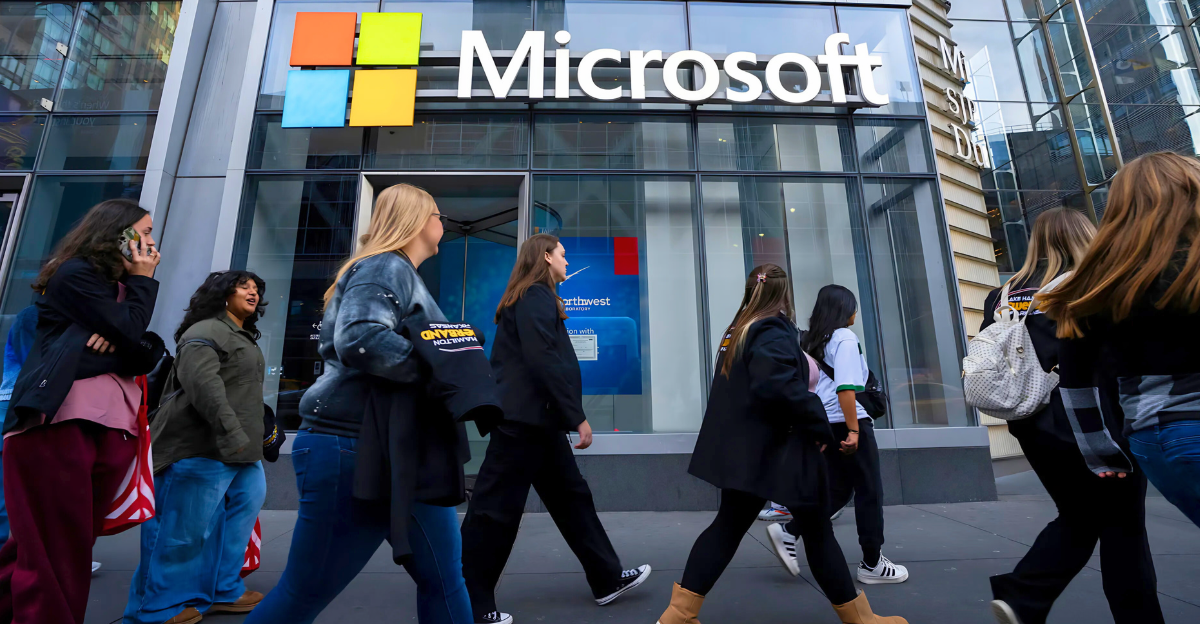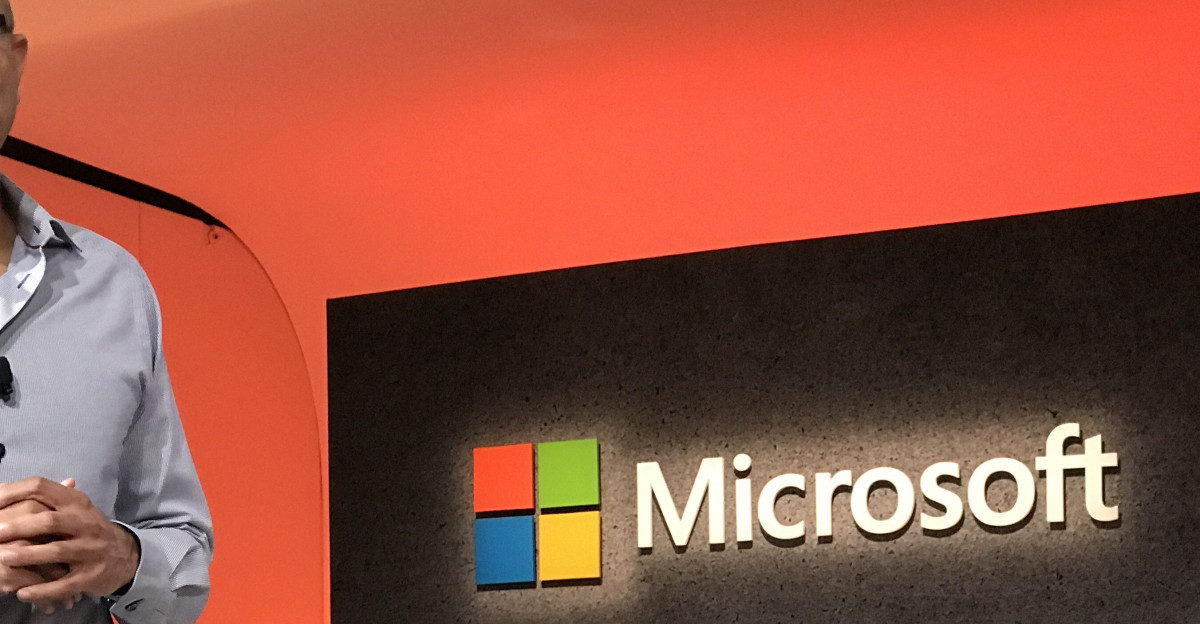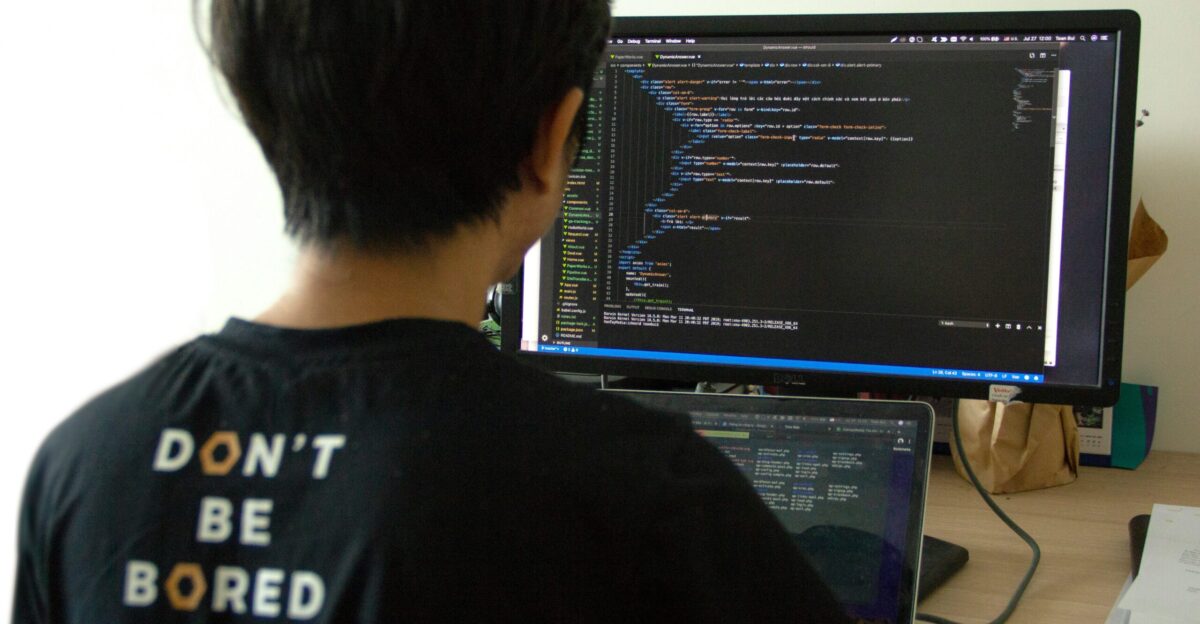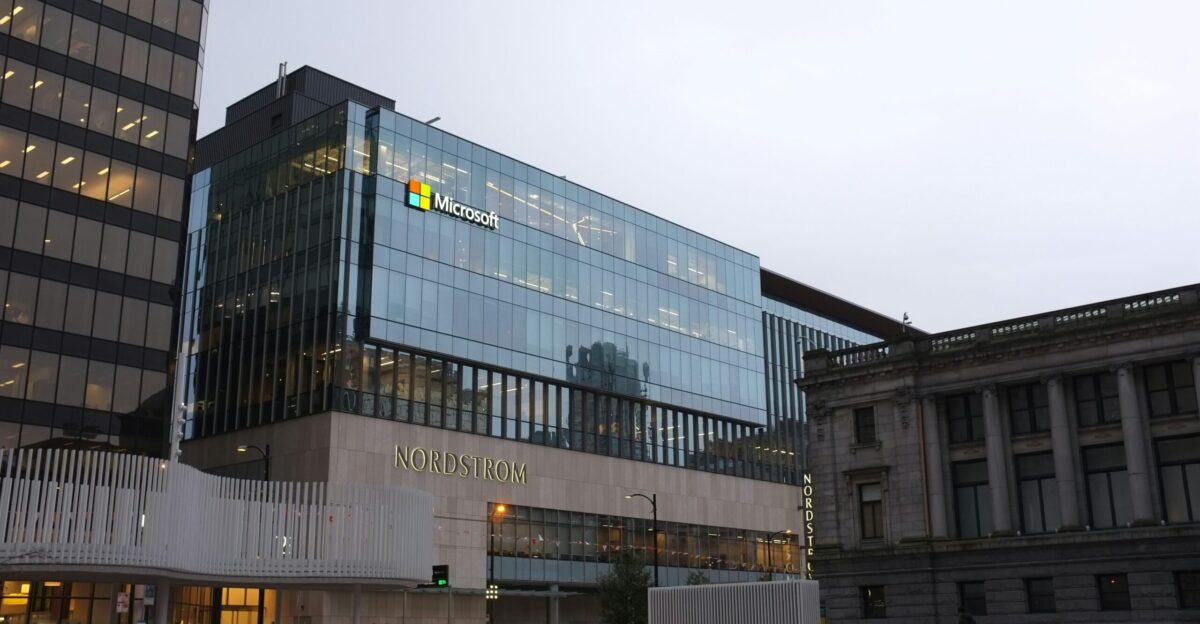
Microsoft has announced it will cut about 9,000 jobs – roughly 4% of its 228,000-strong workforce – in a second round of mass layoffs this year. It’s the company’s largest cutback in two years and hits divisions from the Xbox game unit to worldwide sales teams. The moves come at a surprising time: Microsoft just reported $26 billion in quarterly profits even as it plans to spend some $80 billion on new AI infrastructure.
Executives insist the cuts are about efficiency. Analysts and customers are asking how this upheaval may change Microsoft’s products, pricing, and future projects for everyday customers.
Why It’s Happening

Microsoft says these layoffs are a strategic response to soaring AI investments and cost pressures, not a collapse in sales. The company pledged roughly $80 billion for AI infrastructure this year, and that spending has “weighed on its margins,” according to Reuters. CFO Amy Hood explained that cutting management layers is meant to create “high-performing teams” and keep the company agile.
CEO Satya Nadella has also acknowledged the power of automation, noting that perhaps 20–30% of the company’s code might be written by software itself. Microsoft frames the cuts as a reaction to expensive R&D and the drive for efficiency, despite healthy sales.
Impact on Gaming and Products

The cuts hit key consumer divisions, too. Microsoft confirmed its gaming business would see staff reductions: Xbox boss Phil Spencer told employees the restructuring will “position Gaming for enduring success” by reallocating effort to strategic growth areas. That means some studios will be scaled back – reports say Candy Crush maker King is cutting about 10% of its staff, and even the teams behind major titles like Forza Motorsport and the new Perfect Dark game are being downsized or closed.
Microsoft says it will “end or decrease work in certain areas” while “protecting what is thriving”, so gamers may see fewer new projects while focus shifts to the company’s biggest franchises.
Broader Tech Sector

These layoffs mirror a wider trend in tech. Reuters reports that Big Tech peers have also been trimming their workforce: Meta cut about 5% of its staff earlier this year, and Google has eliminated hundreds of jobs. In fact, Challenger Gray & Christmas reports that over 76,000 tech jobs have been cut in 2025 so far – a 27% jump from last year.
Analysts attribute the wave to pandemic-era over-hiring and rising costs: companies are now scrutinizing productivity and funneling more capital into AI projects, while also tightening belts against economic uncertainties. Microsoft’s cuts, then, are part of a larger Silicon Valley effort to streamline and reallocate resources to core initiatives.
Tech Employment Outlook

Despite the shock in tech, experts stress that the broader labor market remains strong. Indeed, economist Nick Bunker points out that tech layoffs don’t represent the whole economy. With unemployment around 3.7% and millions of jobs still unfilled, there are roughly “1.5 jobs for every person looking for work” in the U.S..
Many sectors are still hiring aggressively, even as tech firms cut staff. For displaced tech workers, this means there will likely be demand elsewhere (especially in fields like cloud, AI, and cybersecurity), even if the sudden influx of experienced candidates makes competition fierce in the short term.
Global Tech Impact

Microsoft’s scale means the cuts could echo worldwide. The company’s datacenters, software contracts, and gaming revenues span the globe, so any slowdown in projects could ripple into international markets. For example, enterprise clients relying on Azure or Microsoft 365 might postpone new initiatives if services slow or costs rise. In emerging tech hubs, outsourcing companies could see shifts in demand if Microsoft develops more automated tools.
Partners and competitors in Europe, Asia, and beyond will be watching whether this retrenchment signals a broader pause in spending or a shift toward alternative technologies.
Employee Perspectives

On the ground, Microsoft workers describe a tense atmosphere. Industry media quote multiple employees saying that successive layoffs “have seriously hit morale”. Inside Redmond and other hubs, many are reportedly scrambling to secure new positions. Microsoft is attempting to soften the blow: the company says it will provide severance pay, continued healthcare, and outplacement resources, and it is encouraging affected staff to apply for other openings internally.
Even so, insiders note this latest cut follows earlier rounds (and comes even as the company touts its future vision), leaving many feeling blindsided.
Corporate and Policy Response

Leadership maintains that these reductions are part of long-term planning. Microsoft’s CFO and spokespeople reiterate the need to “simplify our structure” and build nimble teams. In Redmond, Washington – Microsoft’s headquarters – the company has filed notices showing about 830 local roles will be eliminated. State and local workforce agencies are preparing for a rise in tech-sector unemployment, while some legislators in tech-heavy regions are calling for expanded retraining programs and startup incentives.
Internally, Microsoft says impacted employees will get priority review for other jobs in the company.
Advice for Tech Workers

Career advisors say the best defense is preparation. Keep your résumé and skills up to date: one former Microsoft engineer advises tech workers to update their CVs every six to nine months so you’re ready if a layoff strikes. Network actively and brush up on in-demand areas (cloud, AI, cybersecurity, etc.). Remember the labor market facts: despite heavy news coverage of tech cuts, overall hiring is still vigorous.
Treat this transition as an opportunity. Use available resources – job placement programs, professional coaches, and even (if desired) AI-powered tools to organize your search – but rely on them to assist rather than replace your own planning.
Looking Ahead

Microsoft’s 9,000-job cut crystallizes a key tension in Big Tech: massive investment in AI and cloud (over $80B) on one hand, versus lean staffing on the other. The company remains highly profitable, but clearly prioritizes efficiency for future projects. Over time, consumers may notice this in delayed feature rollouts or pricing adjustments, and policymakers may debate the social impacts of automation.
For now, the main takeaway is that even the industry’s strongest player is realigning its workforce. What happens next – for Microsoft, for tech workers, and for the broader economy – will play a big role in shaping the next few years of innovation and employment.